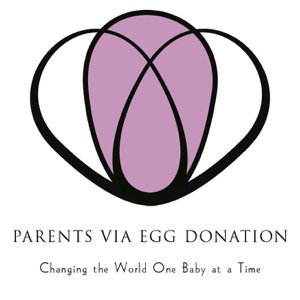SART Statistics are just spring board – a place to start
With the SART statistics recently published there’s been lots of rumblings about some of our beloved clinics and their success rates taking a hit for 2010. I think before we become too concerned about our clinics and their success rates we need to remember the following:
• No two treatment programs are alike; each clinic has its own set of statistics (success rates), protocols, and procedures.
• SART and CDC success reports are always two years behind. For instance at the time of this writing it’s February 2012, and SART’s reports are for 2010. That means that the success rates you are reading for 2010 may not be at all reflective upon current success rates for that specific clinic.
• Becoming familiar with SART and CDC statistics in instrumental to choosing a treatment program. They are a great place to start and can help you narrow your choice of potential clinics.
• While doing your research, keep in mind that statistics are going to fluctuate from year to year for many reasons. That’s why it’s really important to look for success rate trends: Is a clinic generally improving its success rates each year? Are they maintaining and/or growing the number of (DE) cycles they complete each year? Do the statistics illustrate an overall consistency of success?
• The SART success rates for each clinic report a “live birth rate” or what we refer to as a take home baby rate. Some feel this isn’t entirely fair on the part of the infertility clinic because once your Reproductive Endocrinologist releases you to your OBGYN/Perinatologist they have no control over your pregnancy and cease to monitor your pregnancy or its care.
What I am learning is that sometimes it’s virtually impossible to compare clinics and SART rates. Why?
• Some clinics for instance are under one company name but have clinics in different places and they don’t all use the same lab but SART will gather their statistics and lump them into one big fat statistic.
• Individual doctors are listed by success rate – which I think they should be.
• And SART reports on live birth rates, or take home baby rates which I think is unfair. Your clinic should be rated on initial pregnancy or pregnancy to heart beat as measured on ultrasound, not live birth rate. From week 12 to week 40 there’s a lot that can happen and after the first trimester your pregnancy is out of your clinics hands.
So with all this being said – sure start with statistics. But make sure to do your homework and call the clinic you are interested in being treated at. Ask tons of questions – “Are your success rates based on single DE IVF cycles, or are your success rates based on three attempts at your clinic”. Ask about their FET policies. Does the clinic return emails or phone calls in a prompt and timely manner? Is their staff kind and courteous and accurate in the information they relay to you?
It’s not just about the statistics – it’s about the whole package.
Good luck on your DE journey!







